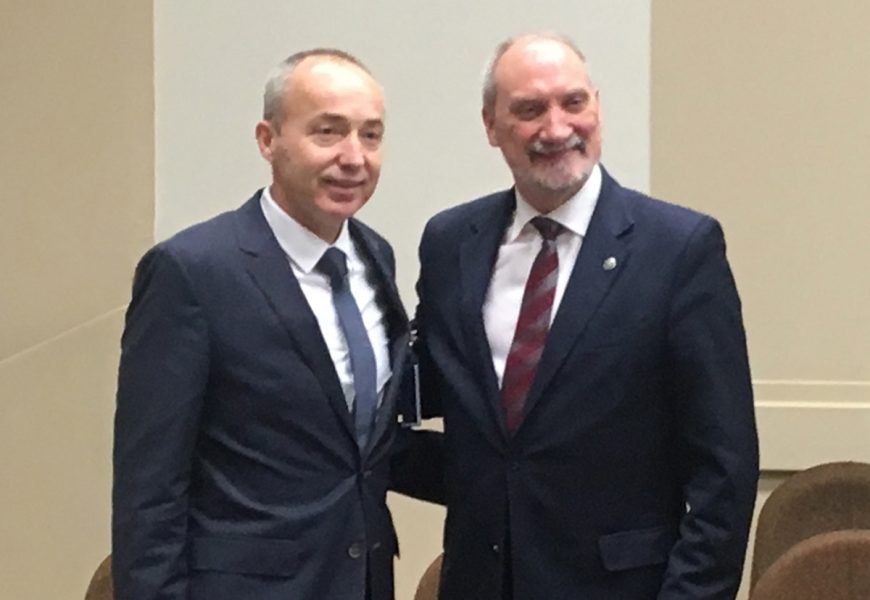Minister Krstičević holds bilateral meetings on the margins of NATO defence ministerial
On the margins of NATO defence ministers meeting held in Brussels on 15 and 16 February the Croatian Defence Minister Damir Krstičević held a series of bilateral meetings with his counterparts from Poland, Slovakia, the Czech Republic and Romania, with whom he discussed the co-operation within NATO as well as bilateral military co-operation with the respective armed forces and shared the experiences related to modernisation and equipment.
Poland is a strategic defence partner of the Republic of Croatia. The sharing of knowledge and experiences and co-operation between member nations bolsters the efficiency of the Alliance and its individual members’ defence resources management and the defence budget respectively.
Ministers Damir Krstičević and Antoni Macierewicz concluded that a new memorandum of understanding of two ministries would provide a new momentum for the bilateral co-operation, consolidating the strategic political deliberation in the two countries that have recognised the importance of strengthening the ties along the Adriatic – Baltic corridor. Meeting with the Czech Defence Minister Martin Stropnicky and the Slovakian Defence Minister Peter Gajdoš, Minister Krstičević outlined the possibilities for strengthening of bilateral defence co-operation, particularly with the exchange of experiences of expert teams for major military asset acquisition.
The Romanian Defence Minister Gabriel-Beniamin Leş presented the tailored forward presence activities associated with the NATO Deterrence and Defence Posture.
With the Romanian side too the importance of the exchange of experiences and lessons learned between the respective armed forces was underlined. The bilateral meeting at the top level paved the way to the co-operation of expert teams for modernisation and equipment processes.
In late 2016 NATO adopted a new defence planning process and issued a defence planning framework for national and Allied activities, demanding coherence in national and allied planning alike, and promoting transformation and adaptation of the armed forces. The process aims to enhance readiness and interoperability among the allied forces, and minimises unneccessary duplication.
[nggallery id=2279]
